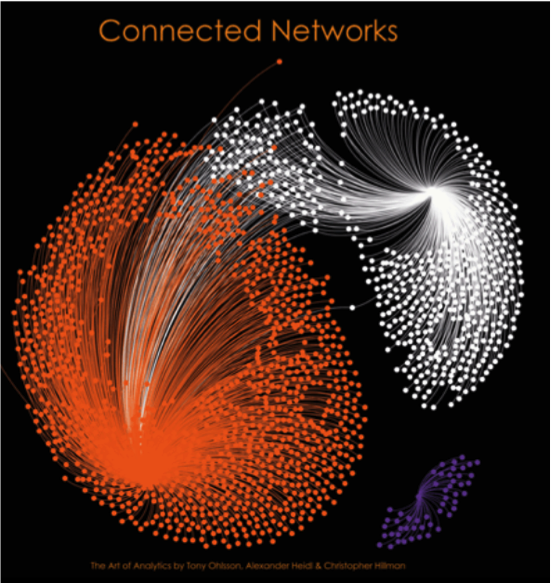In 2018, we can expect to see big brand internet players having greater assault on the traditional voice and messaging revenues of the telecoms industry, writes Sundara Raman, a senior telecoms industry consultant at Teradata. As a consequence, communication service providers (CSPs) will look to drive greater efficiencies in the enterprise through optimisation of costs, with focused investments in advanced analytics including artificial intelligence (AI) and machine learning.
Here are three predictions surrounding how we may see the telecoms industry using advanced analytics to propel growth in 2018, and well as how analytics may help deal with new customer requests and requirements as the technology and regulatory landscape changes.
1. GDPR meets the art of analytics
As the General Data Protection Regulation (GDPR) legislation and similar Privacy Act legislations take root in 2018, we’ll see customers asking enterprise ‘please explain why….’ In this case, AI and machine learning algorithms will really come into their own by providing automated regulation-oriented decisions based on profiling.
Organisations will begin to use analytics visualisation tools to help with regulation-based decisions. Teradata’s Art of Analytics tools have been designed to transform analytic findings into insightful visuals that showcase causal relationships within data, making it easier to identify patterns that point to actionable solutions for actual business problems.
Such tools and techniques will become extremely useful in the case of objections by data subjects or investigations by regulators, making decisions easier to explain while at the same time hiding the complexities of analytics.
2. The new expectation: AI will generate revenues from IoT
Over the decades, the telecoms industry has been able to reap greater revenue and profitability from linear growth in 3G/4G network investments despite sub-optimal performance of the early 2.5G/3G networks and lack lustre mobile devices. There is no such promise for the coming years as the industry will start to invest in 5G networks in 2018. What we will see is CSPs looking to AI and automation for generating revenues from Internet of Things (IoT) with vertical market offerings. This will help to manage the sheer scale of big data generated from IoT.
There are many industries that have traditionally benefitted from not having to worry about manufacturing nor keep physical products or inventories, such as financial and telecom service providers for whom service is their product. This allows for greater flexibility and agility in creating service products at different price points that will appeal to the target market segment. CSPs are best placed to take advantage of IoT, starting in 2018 by offering end to end services including communication, sensor data collection/management in the cloud and big data analytics to verticals such as health, mining, automotive and electricity distribution.
3. Analytics will become operationalised
The most digitally savvy CSPs are creating battle tested data lakes to keep unstructured data all in one place and to serve it up at lightning speed so that data scientists can really begin to use it to innovate. This allows data scientists to easily focus on extracting value from customer data, setting the scene to enable them to apply advanced analytics techniques such as machine learning and AI – streaming a combination of old and real-time data for analysis.
The companies that are winning are the ones that are putting the foundations in place to ensure that the models driving machine learning and AI become operationalised, so that prototype analytical models make it into production quickly and easily, instead of remaining in the experiment or prototype stage. With the right analytic-driven frameworks, companies can enable the deployment of hundreds or thousands of models for real-time analysis.
2018 is set to be an exciting year ahead in the telecoms industry, with new requirements driving opportunities to use advanced analytics to meet industry demands and to innovate. The CSPs that stand out will be those that can easily execute on different types of analytic techniques seamlessly and simultaneously, and it will be these companies that will be set to see real growth in 2018.






